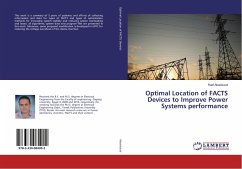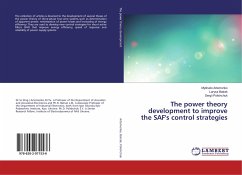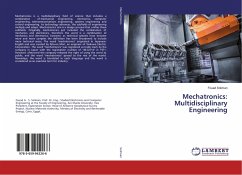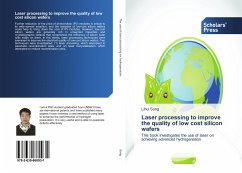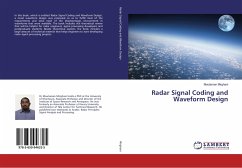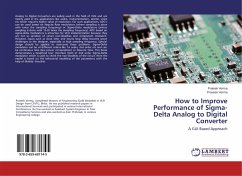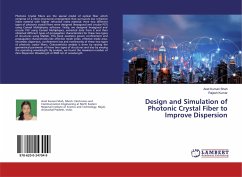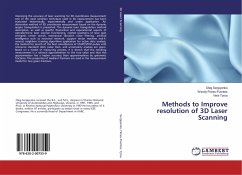
Methods to Improve resolution of 3D Laser Scanning
Versandkostenfrei!
Versandfertig in 6-10 Tagen
28,99 €
inkl. MwSt.

PAYBACK Punkte
14 °P sammeln!
Improving the accuracy of laser scanning for 3D coordinates measurement one of the most common technique used in 3D measurement has been evaluated theoretically, experimentally and under application. n alternative method of 3D coordinates measurement based on the dynamic angles triangulation is presented. The dynamic laser triangulation method description, as well as specific theoretical and experimental aspects of optoelectronic laser scanner functioning, related questions of laser spot energetic center search, mechanical vibration noise filtering, artificial intelligence such as neuronal net...
Improving the accuracy of laser scanning for 3D coordinates measurement one of the most common technique used in 3D measurement has been evaluated theoretically, experimentally and under application. n alternative method of 3D coordinates measurement based on the dynamic angles triangulation is presented. The dynamic laser triangulation method description, as well as specific theoretical and experimental aspects of optoelectronic laser scanner functioning, related questions of laser spot energetic center search, mechanical vibration noise filtering, artificial intelligence such as neuronal network, support vector machine and k-nearest neighbors training algorithms application for active data analysis, the method for search of the best coincidences of START/STOP-pulses with reference standard clock pulse train, and uncertainty analysis are given. Based on a model of measuring process, it is shown that the resulting measurement is a rational approximation to the true value and thatthis approximation has a higher accuracy than approximations by systematic fractions. The properties of mediant fractions are used in the measurement model for two given fractions.



